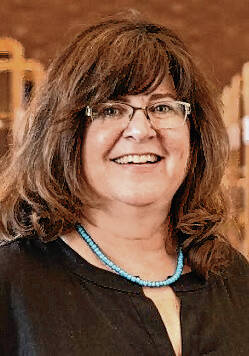News of the fire that destroyed the 129-year old Irwin Block building reached me early on Sunday, December 4. Britt Brewer, Community Outreach Coordinator for Indiana University’s J. Irwin Miller Architecture Program, texted me a photo. While the remains smoldered, I began to review what I knew about the building and its history. I was not alone.
Longtime Columbus Indiana Architectural Archives (CIAA) researcher Jim Nickoll turned to the wealth of information he has compiled for a history of some 65 downtown buildings. The Republic began its reporting process. Bartholomew County historian Tami Stone Iorio consulted her sources. Jared Anderson of the Bartholomew County Historical Society (BCHS) combed through photographs. David Sechrest, who runs the Historic Columbus, Indiana Facebook page, searched The Republic newspaper using newspapers.com.
Community members filmed the fire, and others shared their memories on social media. At the start of my yoga classes that week, people reminisced about practicing yoga in the sun-filled rooms on the second floor.
I mention all these people because telling the stories of our community, any community, must be a group activity. Consider this your invitation to join in telling these stories. We look to you for the photographs, artifacts, documents, and drawings that help us preserve and illustrate your stories.
A few days after the Irwin Block fire, Jared Anderson, curator and collections manager at BCHS, and I met and talked about our “wish list” of resources that would help document the building’s history. We both agreed that photographs are essential. For the architectural archives, I wanted photographs to document how the building changed through time. For the historical society, Jared wanted photographs to capture the social and cultural lives of the people who had a connection to the building.
We also agreed that we wanted much more than photographs. Imagine if we had architectural drawings. Or a roster of people who took golf lessons from golf pro John Payne on the third floor, account books from Frank H. Seward’s bicycle repair shop, tools from Cleta Mullineaux’s Beaux Art Beauty Shoppe, an oral history about Fifth Street Yoga.
We also discussed what could be recovered from the building’s ruins to document what had been the state’s best example of a commercial Queen Anne-style building. If we could have just one artifact, would it be a stained-glass window, a Saturn-like globe that topped the windows, the carved stone block reading “Irwin,” some of the “fish-scale” tiles, a sunburst panel, a bit of charred wood?
The work involved in documenting a community’s history is ongoing. Collecting organizations like archives, historical societies, and museums often describe themselves as a “public trust.”
That is, the public entrusts these organizations with the resources that help tell our stories.
What stories can you tell about life in Bartholomew County? CIAA and BCHS ask you to trust us with the materials that help us tell your stories.
Tricia Gilson is the archivist at the Columbus Indiana Architectural Archives. Send comments to [email protected].





